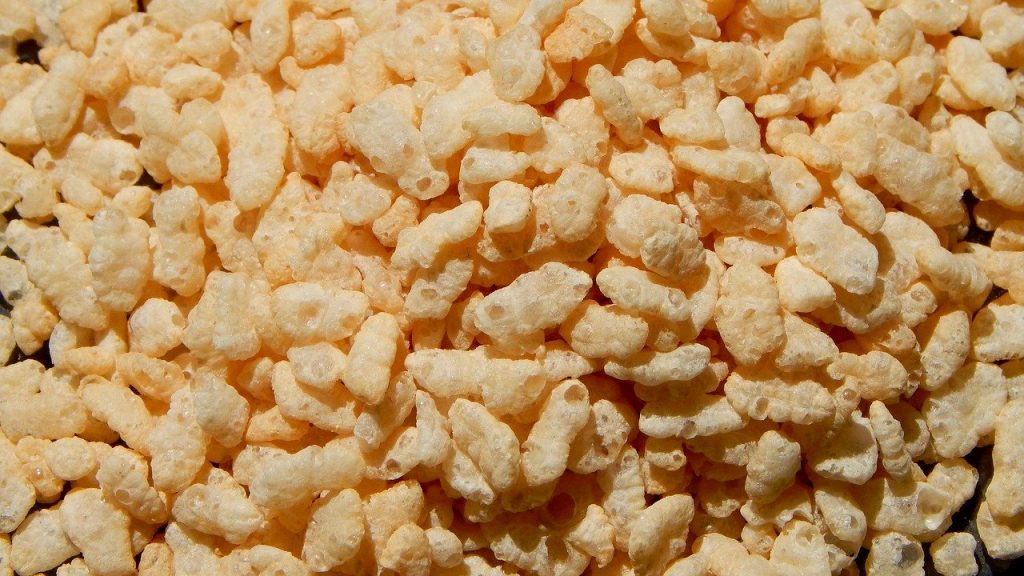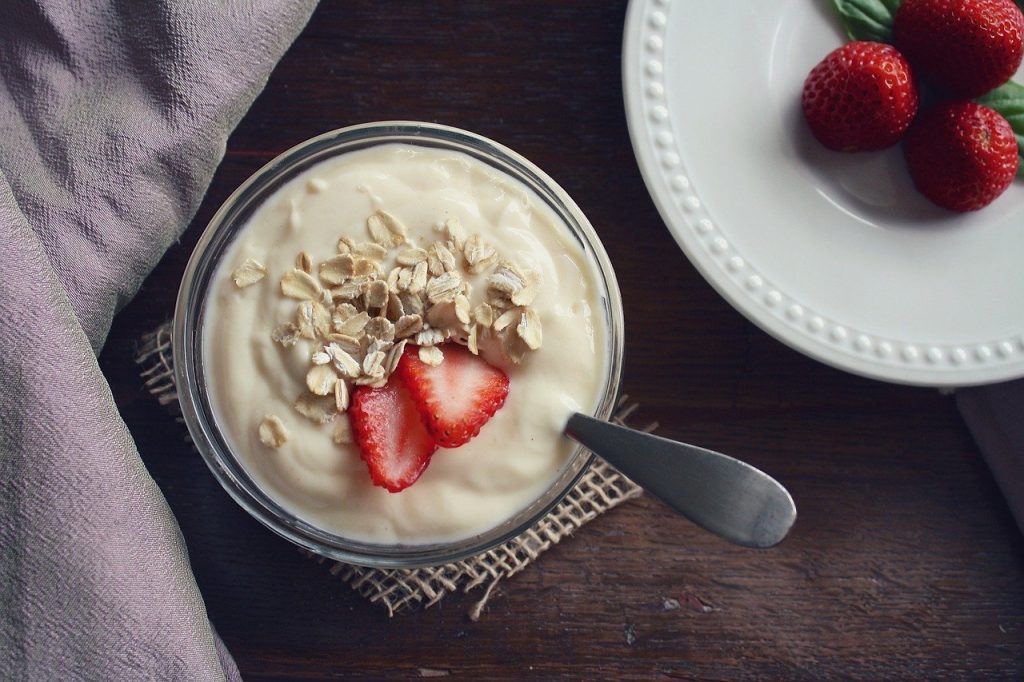[Article updated on 19/09/2023]
Puffed rice cakes
They are often presented as healthy and diet foods because they are “low in calories” and “ appetite suppressant “. But the rice cake is a real false friend.
Firstly, it has a very high glycemic index (GI). The GI is 85, which classifies it as a high glycemic index food. However, the higher a food has a glycemic index, the more the pancreas must release a significant quantity of insulin in order to balance blood sugar (glucose level in the blood), causing a real attack on the pancreas and the entire body. It also contains a lot of hidden sugar. For the body, ingesting puffed rice cakes is therefore similar to consuming sugar. To combat this excess, the pancreas works excessively and becomes tired. In the long term, this fatigue can turn into insulin resistance and then diabetes. This high sugar intake will cause a false sensation of hunger shortly after consuming it and therefore a “call” of sugar.
Secondly, the caloric intake of puffed rice cakes is also very high. 380Kcal per 100g, they are more caloric than bread and are not filling.
This type of food increases the risk of obesity, insulin resistance, diabetes and premature aging.
The good alternative: eat wholemeal bread with cereals and sourdough, nuts, almonds, etc.

Fruit juices
They are made from fruit, but do not contain the fibers which promote transit and slow the passage of sugars into the blood.
Fruit juices are as sweet as sodas. Even if you take 100% pure fruit juice, the calorie intake is important!
| Sodas | Concentrated fruit juices | 100% pure fruit juice | |
| Carbohydrate and therefore sugar content | 10.6 g per 100 ml | 9 to 15 g per 100 ml | 7.5 to 15 g per 100ml |
You should also know that a juice is always less filling than its original fruit, because there is no chewing. When you consume fruit juice, the body assimilates it very quickly and if you consume too much, the pancreas will release too much insulin which will induce reactive hypoglycemia causing a craving. Concretely, you will feel hungry quickly after ingesting it.
Be careful, smoothies can also be very high in calories. Beware.
The good alternative: prefer fruit to fruit juice and drink water between meals: the only healthy drink.
Slimming cereals
These cereals often contain puffed, extruded, and sweetened products with a high glycemic index. The GI is 80 on average, so the same effects will occur as for puffed rice cakes.
Since these cereals are modified, they are often saturated in sugar and fat, even for the “light” versions.
| Treasure type “children’s” cereals | “Slimming” cereals | Oatmeal | |
|---|---|---|---|
| Energetic value | 450 kcal/100 g | 401 kcal/100 g | 380 kcal/100 g |
| Fats | 16g / 100g | 8.3g/100g | 7g/100g |
| Carbohydrates | 69g/100g | 69g / 100g | 62g / 100g |
| With sugar | 29g/100g | 17g / 100g | 1.8g/100g |
The good alternative: eat bread, oatmeal or unrefined muesli.
0% or sugar-free foods
First of all, “0%” does not mean zero sugar. Products can be low in sugar, low in fat, or both… they either contain less sugar and more fat, or the opposite.
But if your yogurt is low-fat, it is not low-fat for many other things. In fact, it will be enriched with sweeteners (such as aspartame) and chemical flavor and texture agents to give it a pleasant taste and a certain smoothness.
However, sweeteners should be avoided because even if they are not caloric, the body is fooled and still secretes insulin after having absorbed it, which makes you want to eat quickly… sugar.
In addition, the difference in calories with low-fat yogurt is negligible, only 3kcal on average.
| Natural yogurt | Yoghourt with fruits | Low-fat yogurt | |
|---|---|---|---|
| Energetic value | 45 kcal/100 g | 97 kcal/100 g | 42 kcal/100 g |
| Fats | 1g/100g | 3.5g/100g | 0.1g/100g |
| Sugars | 5.1g/100g | 12.5g/100g | 4.9g/100g |
The good alternative: prefer classic yogurts, more natural and more filling.

Industrial dishes
Industrial prepared meals are ready-made, practical and time-saving meals. They are also available in “healthy” prepared meals or “slimming” prepared meals.
They often contain fewer vitamins and minerals due to preservative treatments and, unfortunately, additives and flavor enhancers are often used.
Some are very high in calories (rich in sugar and fat), and others are called “slimming” but even if the latter are not necessarily high in calories, they do not provide us as much as a home meal which will be plus more filling. Indeed, the distribution between proteins, fats and carbohydrates is not balanced, thus leading to deficiencies and excesses.
Processing these foods increases the glycemic index which will make you feel hungry more quickly after the meal.
Industrial dishes contain more “bad fats”, they are too rich in essential omega-6 fatty acids, pro-inflammatory (contained for example in low-cost sunflower oil) to the detriment of omega-3, excellent for cardiovascular health (contained in rapeseed oil).
The good alternative: cooking at home with an oil rich in omega-3. Industrial meals, even “light” ones, can only be consumed for emergency purposes.
In conclusion, eat healthy, eat well and be careful of processed products.
